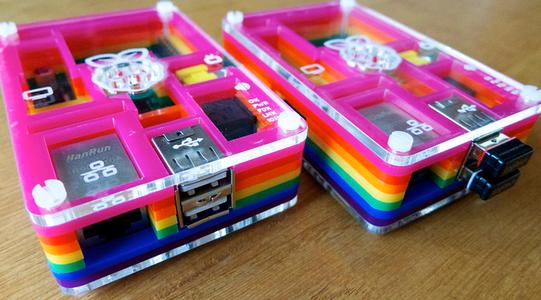
When you first see the term “Raspberry Pi”, do you think it’s a delicious cake? Naturally, you might ask “Baidu”, and you would find nearly 30,700 related entries. Raspberry Pi (Chinese name: “树莓派”, abbreviated as RPi or RasPi/RPi) is a card-sized computer designed for student programming education, the size of a credit card, and its system is based on Linux. Since its launch, it has been sought after by numerous computer enthusiasts and makers, and it was once hard to find. Don’t be fooled by its small appearance; its internal capabilities are robust, with video, audio, and other functions, making it a case of “though small, it is fully equipped”.

The Raspberry Pi was developed by the Raspberry Pi Foundation, a registered charity in the UK, led by Eben Upton. In March 2012, Eben Upton from the University of Cambridge officially released the world’s smallest desktop computer, also known as a card-sized computer. It is only the size of a credit card but has all the basic functions of a computer, which is the Raspberry Pi board, with the Chinese translation being “树莓派”. This foundation aims to enhance computer science education and related subjects in schools, making computers interesting. The foundation hopes that this computer will have more applications continuously developed in both developing and developed countries, and applied in more fields.

It is a microcomputer motherboard based on ARM, using an SD card as its memory hard drive. The board has two USB ports and an Ethernet port, allowing connection of a keyboard, mouse, and network cable. It also has a video output interface for analog TV signals and an HDMI high-definition video output interface, all integrated on a board slightly larger than a credit card. It possesses all the basic functions of a PC; simply connect it to a TV and keyboard to perform functions such as spreadsheets, word processing, gaming, and playing high-definition videos. The operating system uses open-source Linux, such as Debian and Arch Linux, with built-in software like Iceweasel and KOffice to meet basic needs for web browsing, word processing, and computer learning. The Raspberry Pi Foundation provides various distributions based on the ARM architecture, including Debian, Arch Linux, and Fedora, for public download, and plans to support Python as the main programming language, along with BBC BASIC (via RISC OS images or Linux’s “Brandy Basic” clone), C, and Perl programming languages.
Strange Uses of the Raspberry Pi Computer:
Computer engineers at the University of Southampton used 64 Raspberry Pis to build a low-cost “supercomputer” named Iridis-Pi, named after another supercomputer at the university, Iridis. Its main purpose is to inspire students to conduct research in high-performance computing, allowing them to build one easily.
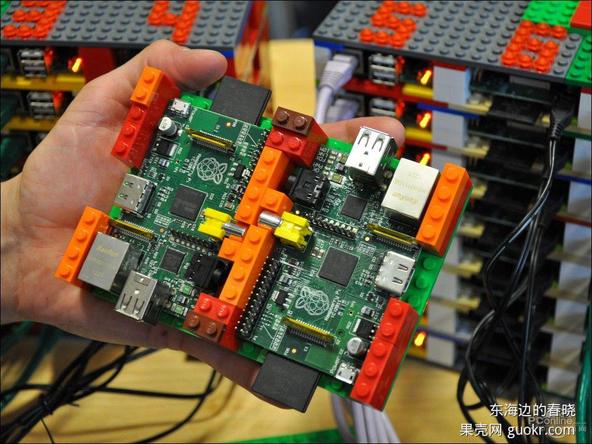
This “supercomputer” has 64 processors, constructed in a Lego-like manner, connected via Ethernet using a message-passing interface. Each Raspberry Pi is equipped with a 16GB SD card, giving the entire system 1TB of storage space. The total cost is under £2500.
Professor Simon Cox stated that they attempted to run Pi tests on this supercomputer but did not disclose the computation results.
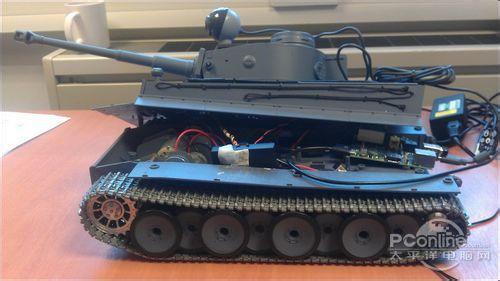
Low-Cost COD Drone: Mini Remote-Controlled Tank
This thing is fierce, a remote-controlled mini tank! It is controlled by the Raspberry Pi, capable of receiving remote commands and wirelessly transmitting images captured by its camera, achieving the basic functionality of a ground drone. If you attach a small gun to it… do you remember those drones in COD6 and COD8 that could launch missiles and fire machine guns?
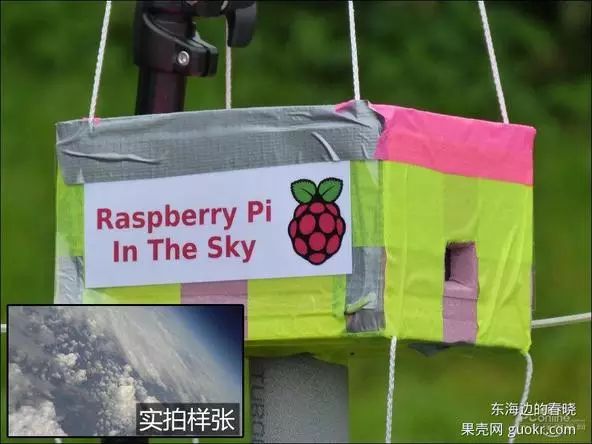
Not Only Flying but Also Outperforming Rockets: Hydrogen Balloon Near-Space Aerial Photography
Another person has attached a Raspberry Pi to a flying device. This box contains a Raspberry Pi computer and some altitude sensors, and its main task is to ascend into near-space with a hydrogen balloon to collect data, take photos, and then return. Worried about feasibility? In fact, it has already accomplished this, with several sample images taken, at a very low cost without producing greenhouse gases. Are you still launching rockets? Weak!

Professional Applications: Multifunctional Server Linux is a highly capable network system, and with it, software experts can turn the Raspberry Pi into servers for Apache, MySQL, PHP, WebCam, and more. Additionally, “wall-breaking” enthusiasts have turned it into a TOR anonymous browsing relay or a private VPN server.

Professional Applications: Wired Monitor Becomes Wireless
Many people have heard of Intel WiDi wireless displays, but there are many hardware limitations in achieving this, so few people actually do it. Now the Raspberry Pi can turn any HDMI display or even RCA interface TV into a wireless monitor! This may sound fun, but like WiDi, this wireless monitor also suffers from latency issues, so don’t expect to play games with it.
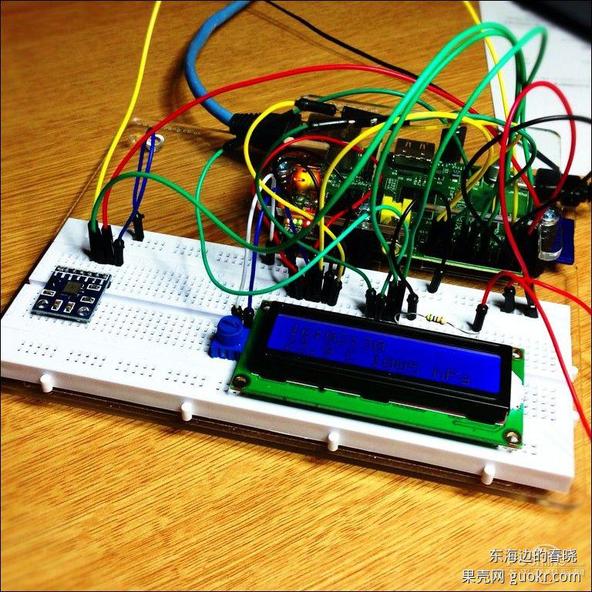
Professional Applications: Weather Monitoring Station, Traffic Light Control
In addition to USB interfaces and other expansions, the Raspberry Pi can also provide PIC microcontroller programming support. With this support, the Raspberry Pi can be paired with sensors and LED lights for a wide range of applications, such as weather monitoring stations and traffic light control. The image above shows a simple temperature/wind speed real-time monitoring tool created with a Raspberry Pi.

[Follow Us]
-
Click on “Beihang Kangpit” under the title at the top of the page
-
In the WeChat interface, click the + sign in the upper right corner and search for buaa06 in “Add Friends”
-
In the WeChat interface, click the + sign in the upper right corner and search for buaa06 in “Find Official Accounts”